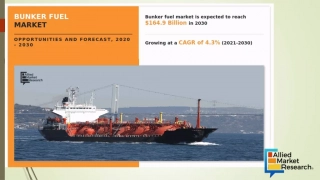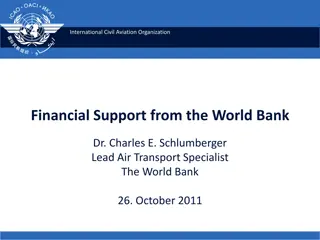Sustainable Aviation Fuel (SAF) Clusters Development in UK Industrial Areas
Identified SAF clusters in key UK industrial areas show potential for utilizing various SAF technologies, with a focus on utilizing agricultural and forestry residues split between rural and industrial regions. The supply chain integration, primary conversion processes, and potential benefits for rural areas and the offshore wind industry are highlighted, aiming for sustainable fuel production and job distribution across different stages of the value chain.
Download Presentation

Please find below an Image/Link to download the presentation.
The content on the website is provided AS IS for your information and personal use only. It may not be sold, licensed, or shared on other websites without obtaining consent from the author. Download presentation by click this link. If you encounter any issues during the download, it is possible that the publisher has removed the file from their server.
E N D
Presentation Transcript
DRAFT 6 primary and 1 secondary SAF clusters have been identified in key industrial areas of the UK, which could utilise a range of SAF technologies Humber (UKE1) Grangemouth (UKM7) Merseyside (UKD7) South Wales (UKL1) St Fergus (UKM5) Teesside (UKC1) Hampshire (UKJ3) ATJ Gasification + FT PtL FT HTL Pyrolysis 1
DRAFT SAF made from agricultural and forestry residues: supply chain will likely be split between rural and industrial areas Generally speaking, for agricultural residues and forestry residues, the regions most abundant in feedstock are not in the same locations as enabling infrastructure such as CCS clusters and refineries We do observe that there are two NUTS-2 regions which have both feedstock and enabling infrastructure but generally, there is some dislocation between these types of feedstock of the enabling infrastructure. This reflects what we see in the industry primary conversion processes are located close to the feedstock, with an intermediate product being transported to areas with enabling infrastructure for upgrading to finished fuels: Pyrolysis plants being built alongside sawmills raw pyrolysis oil transported to refineries for co-processing This means that jobs will likely reflect this split in the supply chain: Upgrading and other enabling infrastructure Feedstock Primary conversion Jobs in rural areas Jobs in industrial areas 2
DRAFT Potentially many rural areas could benefit from and support the development of these SAF clusters This map aims to demonstrate how nearby regions could provide feedstock and perform the primary conversion step, before transporting the intermediate product to SAF clusters for product upgrading Multiple rural areas could benefit from the development of the feedstock production and primary conversion steps of the SAF supply chain 3
DRAFT The offshore wind industry could also benefit from the development of a SAF industry 4
DRAFT Each SAF cluster could support 2 plants, when a max of 2 SAF plants can be built per cluster All 6 primary SAF clusters, and the secondary cluster in Hampshire, could have 2 SAF plants under this scenario 5























